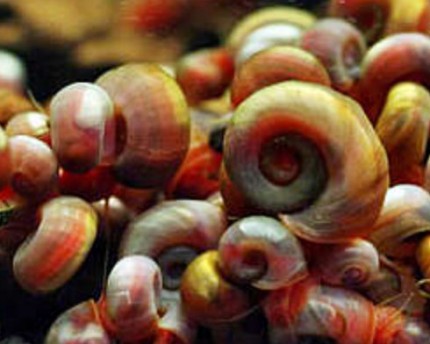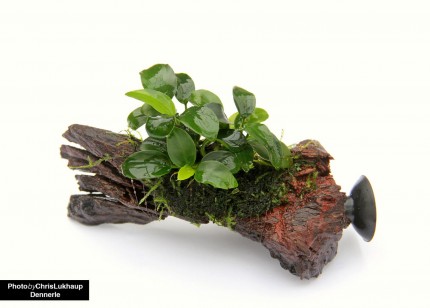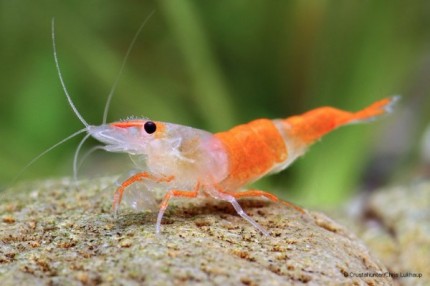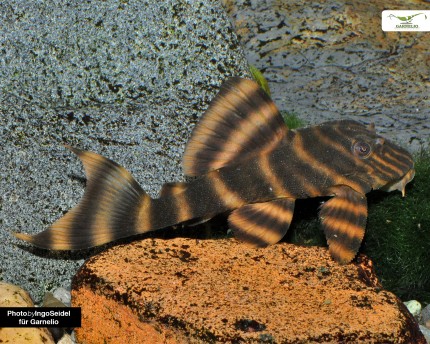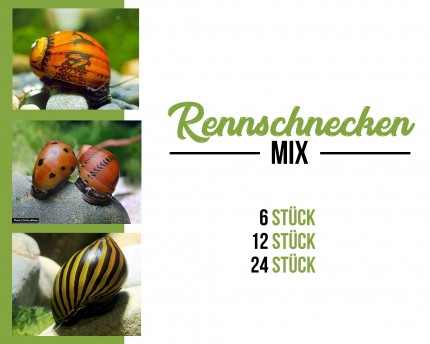incl. VAT plus shipping costs
Ready for shipment in 2 Day(s)
Delivery only innh. Germany and Austria possible.
Switch to the German store
- Item no: 7792
Fast delivery times
All products are in stock with us!14 years of breeding experience
Let our team of experts advise you!High customer satisfaction
from over 3,000 reviews "| Water values: | soft to medium hard |
| Pelvic region: | Below |
| Temperature: | 25-30 °C |
| Feature: | interesting brood care |
| Behavior: | Quiet |
| with fish?: | Yes, with peaceful fish |
| Visual effect: | Forms territories (when spawning) |
| Planting possible?: | conditional* (see description) |
| Final size: | > 12cm |
| Fish group: | Catfish |
| Origin: | South America |
| Breeding: | medium |
| with shrimps?: | with dwarf shrimps, offspring is not eaten |
| Difficulty: | 2 - Normal |
| Diet: | omnivorous - omnivorous |
| with snails/shells?: | Yes |
| with large crabs?: | No |
| with dwarf crabs?: | No |
| Aquarium size: | 200 l (approx. 100cm) |
| with crabs?: | No |
Just like the popular Antennae Catfish (L 144), the Ancistrus dolichopterus, the white fringed Antennae Catfish, which is listed under the L-number 183, originates from South America and belongs to the loricariid catfishes. More often the two are confused, but the dorsal fin can be used as a distinguishing feature: Ancistrus dolichopterus has 8-10 soft rays, L 144 only 7. Especially for lovers of L catfishes, the white fringed Ancistrus is interesting and desirable. With the great white fin fringe and the many white spots over the entire body they are a great sight in the aquarium, with their final size of almost 25 cm they are perfectly suitable in a large community aquarium.
You will receive our white fringed Ancistrus in a size of 5 cm, furthermore the animals are German offspring.
Purely externally the animals can be distinguished well: The males carry a kind of "antlers" on the head, which resemble antennae and thus gave them their name. Females have these rather weakly pronounced. Depending on the water parameters, breeding of the White-fringed Ancistrus in the aquarium is possible. They are cave spawners, with the male guarding the clutch until the young hatch, fanning oxygen with the caudal fin. The young initially feed on their yolk sac and have bright white spots and a broad white fringe in the dorsal and caudal fins.
The care of these beautifully drawn catfish is well possible in an aquarium with an edge length of 100 cm or more. These bottom dwellers prefer a good structuring in the form of roots, as for example Bog pine rootswhich they can also scrape off and also use as territory marking. In some places, adult white fringed catfish can become territorial towards other males. Sufficient Caves and hiding places for all animals, here the rule of thumb "one cave more than number of animals" can be applied very well, should be available. As a substrate is suitable sand or a fine-grained gravel, also large and robust aquatic plants round off the aquarium, well rooted specimens such as Vallisneria, are to be preferred here, since these could be affected under certain circumstances. Your aquarium water should be in a soft to medium hard range and have a temperature between 24 - 30 °C.
These peaceful animals can also mix well with invertebrates such as Shrimps and Snails but also with other Loricariidsas well as peaceful Tetras and Danios can be socialized. However, socialization with dwarf crayfish or crayfish should rather be avoided.
The omnivorous White -fringed Ancistrus can be easily fed in the aquarium. It is quite easy to satisfy with commercially available catfish chips, flake food or granulated food, but also with food tablets. Vegetable food, such as Zucchini chips or Hokkaido chips it has "to the food gladly" and may be offered to it regularly, also it needs durably soft Wood and Foliage to abraspeln.
Our feed recommendation: The NatureHolic Catfish Feed is a professionally formulated complete food especially for all sucking catfish. The food tabs contain important dietary fibers such as chitin and plant fibers, which are essential for the survival of catfish for a well-functioning digestion. With strong proteins from insect larvae as well as carbohydrate-rich vegetables NatureHolic Catfish Feed provides all sucking catfish optimally with all important building materials for a fast and healthy growth. The extra hard chips can be scraped off by the catfish close to nature - here they really have to do something for their food! An occupation like in nature.
Our plant recommendation: Use for the planting NatureHolic InVitros. These are free of snails, planarians and other unwanted co-inhabitants. Also free of algae spores, bacteria and fungi.
Expert Tip: We recommend for fish keeping the NatureHolic 3 Phase Liquid. The care set offers the best all-round protection for your animals. It ensures optimal conditions for successful breeding and keeping.
| Scientific name: | Ancistrus sp. |
| German name: | White fringed Ancistrus, L 183 |
| Difficulty level: | for beginners |
| Origin/Distribution: | South America |
| Coloration: | Dark body with white spots and white fin fringes, males with "antennae" on face |
| Age expectancy | approx. 20 years |
| Water parameters: | GH 3 to 25, KH 3 to 20, pH 5 to 7.5, temperature 24 to 30 °C |
| Tank size: | from 100cm |
| Food | Omnivorous, prefers plant food, needs soft wood to scrape off |
| Breeding | medium |
| Behavior | peaceful, but territorial in places towards conspecifics |
| Group size | 2 and up |
| Further information | Ten typical aquarium fish for beginners and alternatives to them, Tips for acclimating fish to the aquarium, Feeding aquarium fish properly - cheap food and what it can do |
- Item no: 7792
- EAN No.: 7427061497427
Entdecke die Garnelio Welt!
Garnelio gehört zu den größten Onlineshops für wirbellose Aquarientiere weltweit.
Viele Artikel gibt es exklusiv nur bei uns im Shop.





















